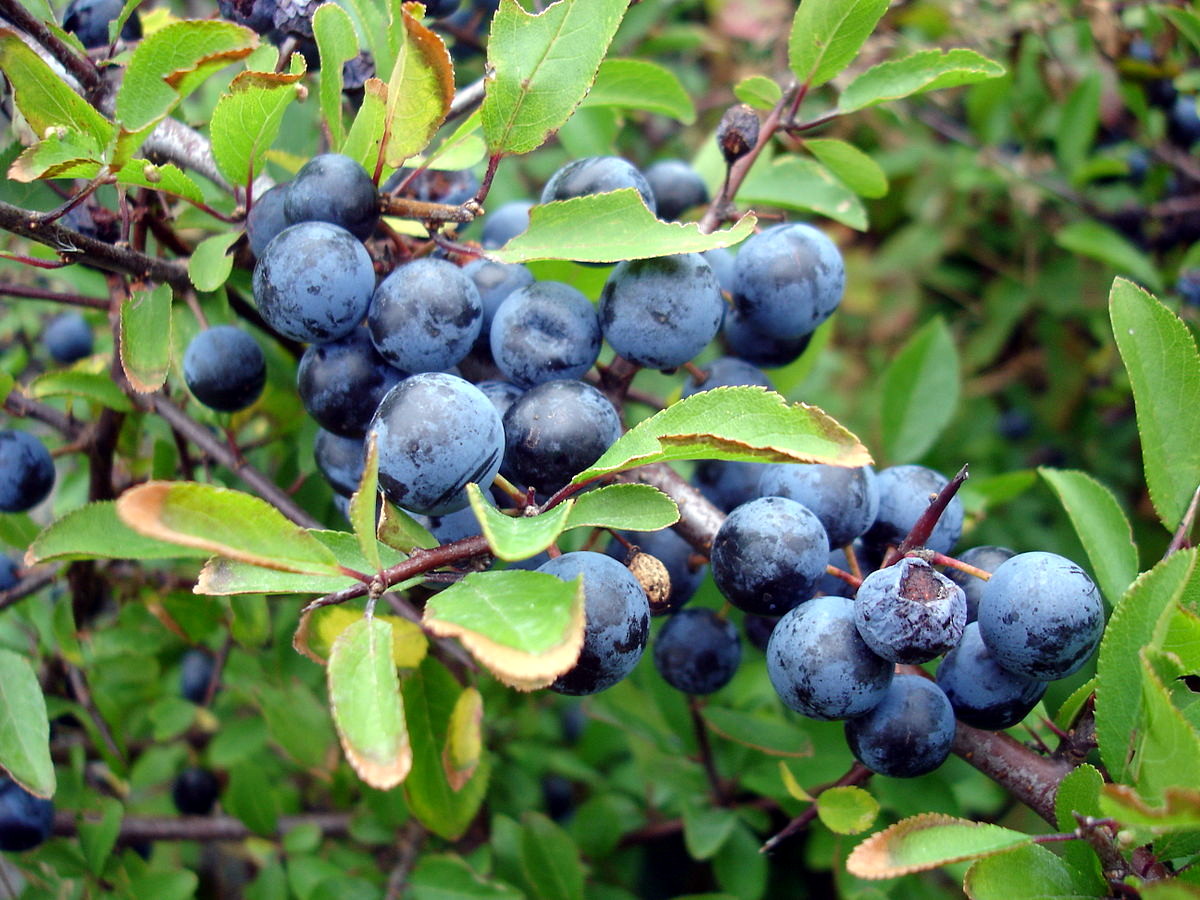The shrub layer of semi-natural forests varies widely depending on the nutrition content of the soil and canopy closure. For example, while oak forests have a dense shrub layer, beech forests almost lack it. The presence of the shrub layer, the spatial extent and diversity are important factors for the wildlife of forests. First of all, it ensures hiding and breeding places, and also provides food.
There are about 40 shrub species that occur in Hungarian woods. Most of them are widespread and common, but some rare and protected species are included, too. Such rarities are the alpine rose, a unique plant of mountain beech forests, or the dwarf russian almond, that appears in the edges of mid-mountain oak forests here and there.




Many animals feed on the wild fruits found in the shrub layer (such as blackberry, blackthorn, hawthorn, dogwood). Among small mammals, dormice are connected specifically to forests that have dense shrub layer, rich in berries and hazelnut.
You can often spot them in shrubby edges of forests, too. They are protected mammals, 3 species are represented in Hungary: forest dormouse, hazel dormouse and fat dormouse. Dormice spend the food shortage periods of autumn and winter in hibernation, and do not wake up until mid-spring. They spend 7 month out of the 12 asleep, so they are real sleepyheads!



The berries and fruits of the shrub layer are fine not only for animals, but they are readily eaten by humans as well. Be careful, not all fruits are edible! If you don’t know one, do not taste it!
Edible fruits






Fruits poisonous for humans





The quality of the shrub layer also affects the diversity of forest bird communities. Dense shrubberies provide home for birds like robin, wren, and many thrush species.



Did you know?
If your eyes are open, you may find more than bird nests in the shrub layer. Dormice also make their nest in dense scrub, woven of grass-blades and leaves. They sleep here and this is the place where they give birth to the young, too. However, winter hibernation takes place in another nest that is built close to the ground level. Sometimes you can find them in artificial nestboxes as well.
